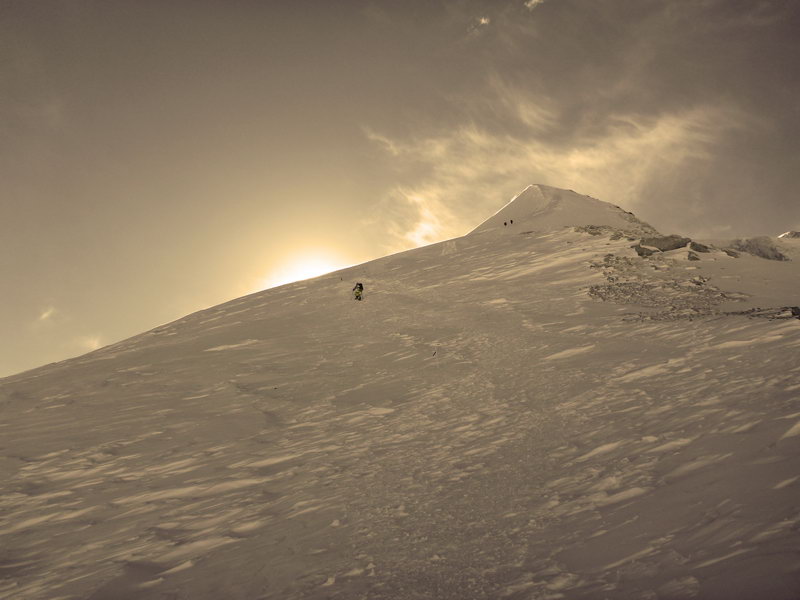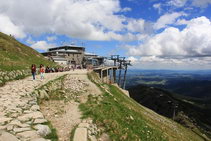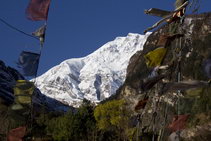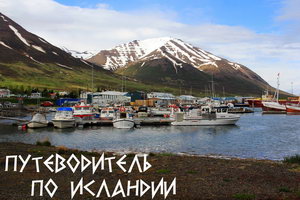Lenin Peak is a mountain peak, 7134 meters high, located on the border of Kyrgyzstan and Tajikistan.
Until 1928, the mountain was called Kaufman Peak, and since 2006, the Government of Tajikistan has changed the name of the mountain to the peak named after Abu Ali ibn Sina. But the old name of Lenin Peak remained in everyday use.
Lenin Peak is one of the "seven thousandth peaks" — the highest peaks of the former USSR and one of the highest peaks of Central Asia. Lenin Peak is located in the Pamir mountain system, in the north of the Himalaya mountain range. The Pamir is the highest mountain system in the south of the former USSR, located on the territory of Tajikistan, China, Afghanistan and India. Pamir is located at the junction of the spurs of other powerful mountain systems of Central Asia — the Hindu Kush, Karakorum, Kunlun and Tien Shan.
The highest ridges and powerful glaciers are concentrated in the western part of the Pamirs. The peaks of many ridges exceed 6000 meters, and there are also several peaks above 7000 meters. Three of the four seven-thousandth peaks of the former USSR are located in the Pamirs - Lenin Peak (7134 m, Zaalaysky ridge), Korzhenevskaya peak (7105 m) and the highest point - Communism peak (7495 m, recently renamed Ismail Samani peak).
The Lenin Peak massif is located between the Razdelny Pass (height 6080 m) in the west and the Krylenko Pass (height 5820 m) in the east, length 9,350 m, and from the western shoulder (6442 m) to the eastern shoulder (6601 m) length 6,370 m.
From the slopes of Lenin Peak to the north into the Alai Valley flow: Lenin Glacier and Vostochny Lenin Glacier, and to the south into the valley of the Sauksai River flow the glaciers Bolshaya Saukdara, Malaya Saukdara and Dzerzhinsky Glacier (from the western shoulder of the peak).
A 14-kilometer spur separating the Dzerzhinsky and Malaya Saukdara glaciers departs from the western shoulder to the south. A 13-kilometer spur departs from the summit to the south, separating the glaciers Malaya Saukdara and Bolshaya Saukdara. There is a high independent peak in this spur - Zhukov Peak (6842). A short 4-kilometer spur separating the Lenin and Lenin Vostochny glaciers departs from the eastern shoulder to the north.
There is a wide plateau at the top of Lenin Peak, which rises slightly to the south. The highest point is located on the southern edge of this plateau next to the tour, the so-called "southern peak". However, most climbers are limited to visiting the tour in the northern part of the plateau.
The southern slopes of Lenin Peak face the valley of the Sauksai River, this is an inaccessible area. But the northern slopes facing the Alai valley, on the contrary, are very convenient for access.
Lenin Peak is characterized by strong winds on its crest coming from the Razdelny Pass. Atlantic cyclones are the main weather-determining factor in the area of Lenin Peak.
Another danger of Lenin Peak is the possibility of getting lost in bad weather on the summit plateau - wide ridges and domed peaks with smoothed expressionless shapes. Therefore, climbers are advised to carry satellite navigation equipment (a GPS receiver with waypoints on the route).
Lenin Peak is located in a zone of high seismic activity, the Zaalai ridge is advancing on the Alai Valley at a rate of about 2 centimeters per year.
The slopes of Lenin Peak are not very steep, almost all routes to the top are snow and ice and have a 5A difficulty category. Only on the steep southeastern wall facing the Bolshaya Saukdara glacier are there routes 5B K.S.
The peak was first discovered and described in 1871 by the Russian geographer Alexei Fedchenko, who named it in honor of Engineer General Konstantin Kaufman. In 1928, the peak was renamed Lenin Peak.
Until 1933, this peak was considered the highest peak of the Pamirs and the USSR, until after climbing it was established that Stalin Peak (height — 7,495 meters) is higher than Lenin peak.
On July 4, 2006, by a decree of the Government of Tajikistan, Lenin Peak was renamed Abu Ali ibn Sina Peak, but in Kyrgyzstan the mountain is still called Lenin Peak.
The first ascent of the peak was made by German climbers Karl Wien, Eugene Allwein and Erwin Schneider in 1928.
In 1968, a parachute landing landed on a plateau at an altitude of 6,900 meters on the western ridge of Lenin Peak. Four parachutists were blown to the rocks near the southern peak of Lenin Peak and died. One of the members of the support group, Valentin Suloev, made the first ski descent from the top of Lenin Peak in the history.
At the moment, there are more than 16 climbing routes to the summit. Nine on the southern slope and seven on the northern, but the classic route is considered to be on the north side through the top of Razdelnaya.
The classic route does not require any special technical training and extensive climbing experience. Because of this, Lenin Peak is considered the most accessible seven-thousandth peak. In addition, to get to the base camp of Lenin Peak, a helicopter drop or multi-day approaches are not required, unlike the rest of the seven thousandth former USSR. And this significantly reduces the cost of climbing.
Every year, many climbers from different countries gather at the foot of Lenin Peak.
However, one should not think that Lenin Peak is a simple mountain. Climbing Lenin Peak is associated with serious physical exertion. High altitude and low temperatures require climbers to be in excellent shape and well equipped. Also, for a successful ascent, competent acclimatization is necessary, which is acquired during radial ascents to altitude. Those who have no experience of high-altitude climbing need to approach the preparation with special care.
During the entire time of climbing Lenin Peak, a large number of climbers died, the most famous incidents on the mountain:
On August 7, 1974, a female group of Soviet climbers died while traversing Lenin Peak. This was the first ascent made by an all-female team. On August 5, they climbed to the top, but due to bad weather they had to set up camp on a plateau right at the top. The strongest storm did not allow the descent to begin, and after two days of waiting for the weather to improve, two participants fell ill, mountain sickness began to develop due to staying at altitude, which caused pulmonary edema. It was decided to start the descent along the ascent path, but due to the hurricane wind that tore apart the tents and carried away the belongings, all the climbers died on the descent at an altitude of about 7000 m.
On July 13, 1990, as a result of an earthquake, a huge mass of snow and ice, one and a half kilometers wide, fell off the slopes of Lenin Peak. This mass covered a tent camp in the area of the so-called “frying pan". At that time, there was an intermediate camp there, which was used by climbers when climbing Lenin Peak. At that moment there were 42 people in the camp, only two remained alive. It was the largest tragedy in terms of the number of deaths in the history of mountaineering. The remains of the dead began to be pulled out of the ice only in 2008.
An instructive story about how a man, when climbing Lenin Peak, did not turn back in time, after that he tried to descend from the top for 2 days, and miraculously survived.
More articles describing climbing and tracking routes:
Orla Perć (Eagle Path) - the most difficuilt route in High Tatras
So it happens that this weekend we were in the Tatras mountains - in fact it was a meeting for training, before climbing Lenin Peak.
And additionally friends from different countries decide...
Trekking around Annapurna on your own, Nepal
The track around Annapurna, or as it is also called the Annapurna Track, is considered one of the most impressive trekking routes in the world.We walked this track on our own, although this was our...



